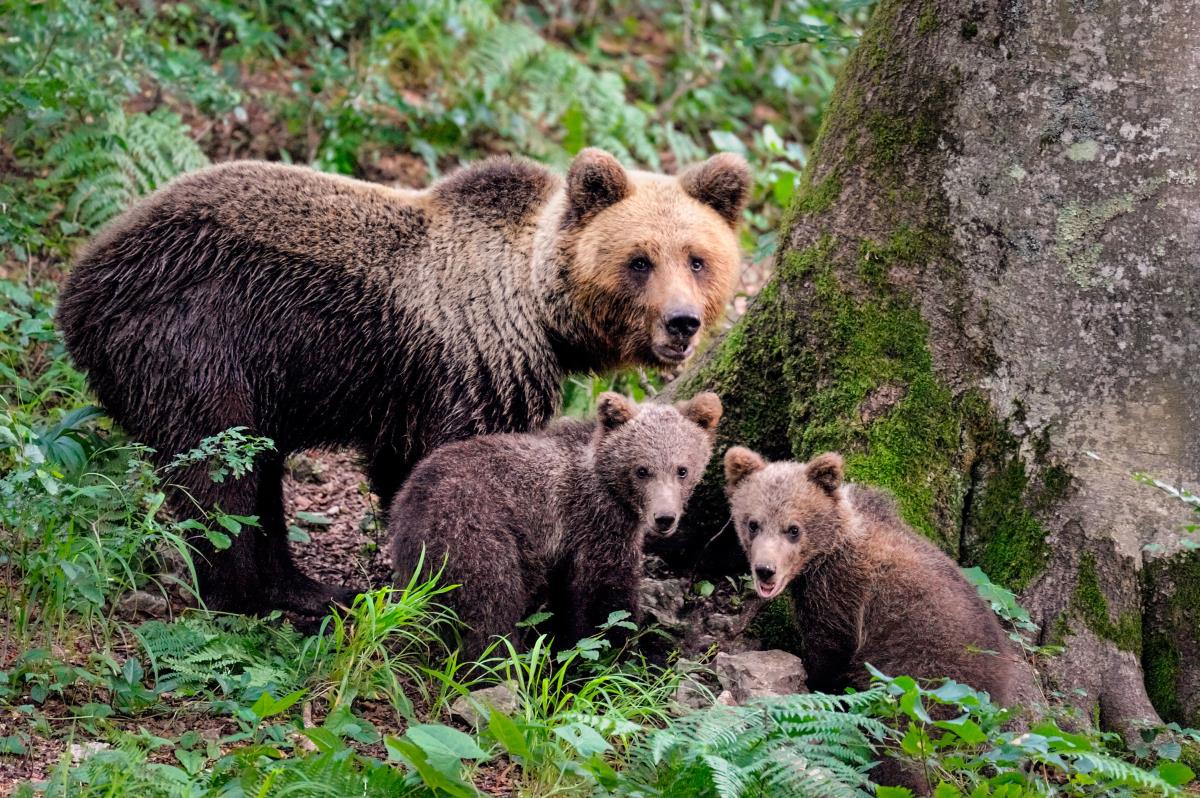
Slovenia's Ministry of Environment confirmed that 2 bears intended for the Pyrenees will be captured in the following days. Currently there are more than 900 bears living in Slovenia. But Slovenia's farmers – contrary to the French – are not putting up barricades. Slovenia is a country with the highest density of bears per square kilometer. It is a country, which boasts about its wild animal protection policies in Europe, but is silent to the fact that it sacrifices its hillside agriculture for that purpose.
In the past 20 years the population of bears in Slovenia has registered a 2,5-fold increase. The bear has spread into areas where it did not live before. Sheep farmers are desperate and consider abandoning the high pastures. Branko Robič, a sheep farmer from Gozd Martuljek, has had experience with bears: "In four seasons 40 adult sheep and all the lambs born in the mountains were either killed or went missing."
When there is such a high density of bears, high fences and shepherd dogs are of no help. And besides, fences also go against the traditional way of shepherding in the Alpine world. So, the best way to adapt to the situation is to give up sheep breeding. Between the years 2016 and 2017, the number of sheep in Slovenia decreased by around 11 thousand and sheep breeding has been abandoned by thousands of farms.
And while wildlife activists earn well working through various EU funded projects, the farmers are the only ones who feel the negative consequences of the unbalanced policy of overprotecting the wild animal. In other countries, bears live in reservations, says Stane Bergant, a farmer and hunter from Kokra: "In Slovenia we don't have any areas without people, and if we want to keep the people and for them to cultivate the land, we will have to decrease the number of those wild animals."
So what kind of bear population would be considered as stable and socially acceptable according to expert estimates? Damjan Oražem, the head of the Slovenian Forest Service, gives an answer: "The number would range between 420 and 450 bears."
The Slovenian Forest Service proposes an annual cull of around 200 bears, which is also the total number of new born cubs this year. In that way, officials will at least try to put a stop to the growing bear population.



































































